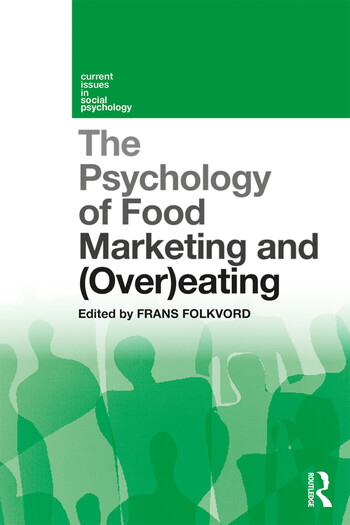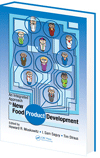The Growing Pet Food Market Reflects Human Food Preferences
Pet food brands increasingly formulate products focused on clean label, premium, functional and/or traceable ingredients
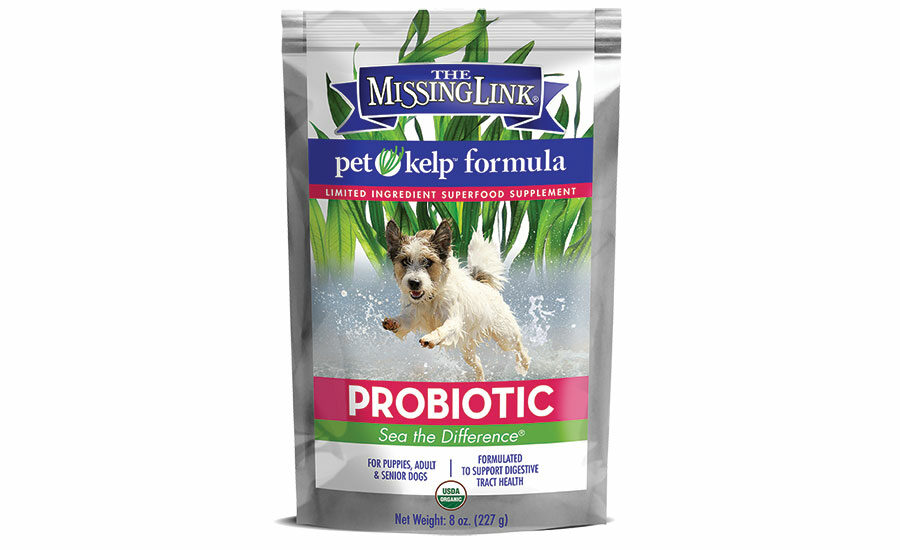
More products are featuring kelp and other functional ingredients.
PHOTO COURTESY OF: W.F. YOUNG INC. (WWW.MISSINGLINKPRODUCTS.COM)
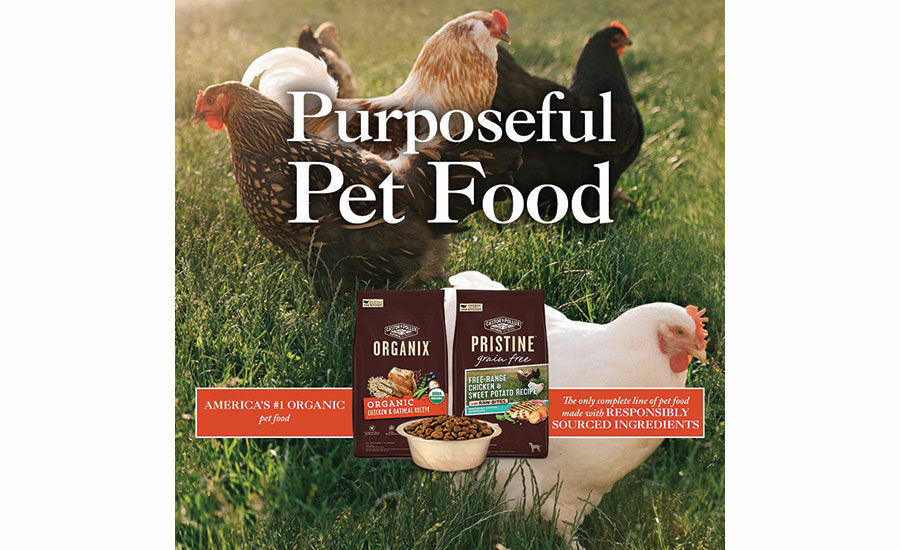
Castor & Pollux emphasizes ingredient sourcing, integrity.
PHOTO COURTESY OF: CASTOR & POLLUX NATURAL PETWORKS (WWW.CASTORPOLLUXPET.COM)
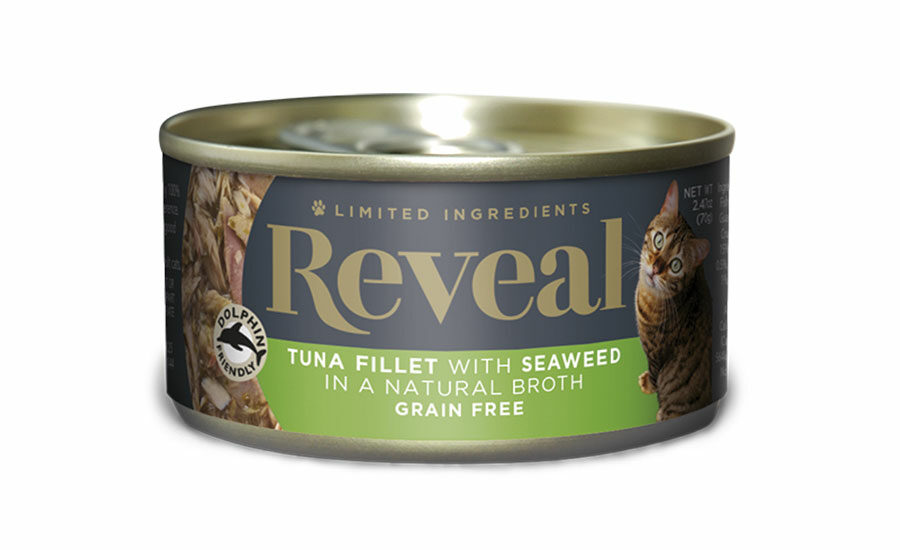
Seaweed a trending ingredient in both human and pet foods.
PHOTO COURTESY OF: REVEAL PET FOOD (WWW.REVEALPETFOOD.COM)



It’s one thing to talk about US consumers’ weekly spending on foods and beverages. Today, of course, there’s an equally active market for those other members of the family—those named Fido, Spot, Princess or, perhaps “Boots.”
The American Pet Products Association estimates that more than two-thirds of US households have pets. Meanwhile, market researcher Packaged Facts said the US retail market for dog and cat food ended 2018 with sales of $27 billion, up more than 4% compared to 2017.
While there are various reasons for growing levels of pet ownership, it is clear that pets are becoming increasingly important and we are spending more to look after them.
For the record, the US has seen a falling share of global pet food new product launches during the past few years (while emerging markets grow). Even so, Innova Market Insights still finds that the US accounted for 33% of all new pet food products introduced in the 12 months to the end of September 2018. This is a very high share for just one country—particularly considering that the share for the whole of Europe was 39% during the same period. All in all, it shows the level of development within the US market. It also shows that ongoing innovation has led to a wide range of different products and high levels of segmentation.
The US pet food market also is characterized by the relatively high share of dog food launches, accounting for 70% of the total recorded by Innova Market Insights in the 12 months to the end of September 2018 (compared with 57% globally). Cat food new product launches account for most of the remainder, both in the US and globally, with shares of 29% and 41%, respectively.
The remainder of launch activity comes from other pet foods, with an increasing range that includes bird foods, fish foods, small animal foods (guinea pigs, rabbits, etc.), as well as products for larger animals such as pigs and horses.
There also are more exotic options such products for ferrets, chinchillas and a growing range of reptiles. This share remains very small at about 2% globally and 1% in the US, but is reportedly being driven in the US by Millennial consumers, who according to American Pet Products Association data, now account for a leading 35% of all pet owners, and account for more than half of reptile, small animal and saltwater fish owners. This indicates further growth is likely for supplies involving these more specialized pets.
With rising disposable incomes and an increasing tendency to regard pets as part of the family, it is not surprising that the trends apparent in the market for human prepared foods—led by interests in health, snacking and indulgence—also should be increasingly apparent in pet foods sector. Overall, the number of pet food launches recorded globally by Innova Market Insights has risen consistently in recent years as more households take on pets of various kinds. In conjunction, use of further prepared pet foods is rising and the market is evolving to increasingly feature more added-value options.
The pet foods market, in line with the food and beverage market as a whole, is becoming increasingly segmented with many products, particularly premium and super-premium lines, now in ranges targeting particular nutritional requirements—with foods for puppies and kittens, senior dogs and cats, obese dogs, indoor cats, neutered cats, etc.
Similar Trends
Humanization in the pet foods market is a well-developed trend and has led to developments similar to those in the food and beverage industry as a whole—with a strong focus on health. About 82% of global pet food launches used a health positioning of some kind in the 12 months to the end of September 2018, rising to nearly 91% in the US. The US bias toward dogs is again in evidence, with 92% of dog food launches using health claims and a slightly lower, but still very significant 89% of cat food introductions doing likewise.
As in the food industry overall, clean labeling continues to be a leading area of interest, with more than 87% of pet food launches using this type of claim. It means these new products used one or more of the following claims involving natural, organic, no additives/preservatives and GMO-free. No additives/preservatives claims were the most popular, used for 47% of claims, ahead of natural with 36%. Interest in GMO-free lines has risen and is now higher than that for organic, used for 7% of launches compared with 4%.
Other related trends—mirroring the human food sector—include pet owners’ rising interest in products using grass-fed meats, which also are often linked with organic and/or GMO-free claims. Recent examples of this include Nestlé’s Castor & Pollux Natural range, which was recently extended with a Pristine line for small breed dogs featuring grass-fed wet and dry foods, including beef and lamb stews and a beef and chickpea recipe dried food.
There also is ongoing interest in free-from foods, with nearly 68% of launches in the 12 months to the end of September 2018 using a “free from” positioning of some kind (allergy, gluten free, lactose free, vegetarian and vegan). Gluten free and grain free formulations are particularly popular, especially for dogs, with more than 19% of launches using a gluten-free positioning. While interest in grain-free options, particularly in dog food, continues, there also is a move in some areas to stay with grains—but to use more exotic ancient grains, which are sometimes gluten-free. In any case, these often are perceived to be healthier and more nutritious.
Launches in the second half of 2018 included Nutrams T range of dry dog foods with quinoa and flaxseed; SportDogFood’s Field Active and K9 series with sorghum and millet; Halo Healthsome Garden of Vegan Sweet potato, Carrot & Quinoa Recipe Cookie Dog Treats; and Dr Harvey’s Raw Vibrance for Dogs (with chia).
Raw Vibrance products also contain other on-trend ingredients in both human and pet foods: seaweed (kelp) and spirulina (algae). Historically, kelp has been listed further down on the ingredient list in pet food products. More recently, however, seaweed and kelp references are appearing front and center. Examples include Reveal Tuna Fillet with Seaweed in Natural Broth, and The Missing Link Pet Kelp Formula (in Wellbeing and Feline Wellbeing varieties).
Other launches with kelp in the second half of 2018 included Holistic Blend’s My Healthy Pet canine and feline canned varieties; and Blue Buffalo’s Blue Veterinary Diet dry food range featuring a new NP Novel Protein Alligator formula for cats and a W+M Weight Management plus Mobility Support dog food.
Premium, Specialty
Other popular new pet food formulations include those emphasizing protein content, vitamin and mineral fortification, probiotics and digestive/gut health, omega-3 fatty acids/DHA, skin health and oral health. Meanwhile, there’s ongoing formulation work related to diets for specific age groups, dog types or breeds, health conditions and need states.
Consumers also are increasingly interested in the perceived happiness of their pets. These shoppers take pleasure in indulging them with premium and super-premium foods and increasingly sophisticated snacks and treats. This humanization has driven more “premiumization” in the market. Innova Market Insights records rising numbers of launches targeted at premium and super-premium markets. These new items feature an indulgence image, often in addition to a range of health claims.
More than 15% of launches recorded by Innova Market Insights in the 12 months to the end of September 2018 carried an indulgence/premium positioning. This rises to 19% in cat foods—perhaps reflecting the fact that cats are perceived to be more fussy and discerning than dogs in terms of acceptable foods.
There has been strong growth in super-premium, single-serve formulations and growing reference to human-style recipes and preparations—such as pates, broths, stews, and casseroles. Brand names tend to focus on the treat nature of the products. These include such offerings as Healthy Gourmet (Blue Buffalo), Fussie Cat (Pets Global Inc.) and Purely Fancy Feast (Nestlé Ralston Purina). Recent new product launches have included Fussie Cat Fresh Guinea Fowl & Turkey Recipe and Sheba Perfect Pertions in Natural Juice (from Mars Inc.).
Interestingly enough, there also is growing interest in seasonal options. New limited edition format and flavors—particularly for special holidays—allow pets to share in the celebrations. Last year’s new seasonal launches included meals such as Blue Buffalo’s Santa Stew Holiday Feast with turkey, green beans, sweet potato, and cranberries; and SuperValu’s Wild Harvest Turkey & Cranberry Recipe Mini Jerky Dog Treats. Even Claudia’s Canine Bakery, Maumelle, Ark., intoduced Reindeer Wonderland Canine Treats.
Despite its relative maturity, new product activity in pet foods in the US and other developed markets is continuing to develop by focusing on similar trends to those in the food industry as a whole. Processors (many of which also are standard consumer packaged goods leaders) are adding value by targeting increasingly specific sub-groups of pets in terms of age, breed/type and/or need states.
The human/animal bond now defines the pet foods market in the US and it is perhaps not surprising that the clean label trend has broadened out, as it has in the human foods market, to also encompass clear labeling and a requirement for transparency and accountability. There also is rising interest in sustainability, particularly among the Millennials.
All of these developments present considerable opportunities in the pet care market. Innova Market Insights finds increased emphasis on branding, segmentation and added value—all in relatively concentrated market. Consequently, it’s clear that there’s been large investments pouring into the product and promotional activity by the major players. There also seems to be room for smaller, more specialized companies that often focus on the premium end of the market. All players appear to be looking at the same four market demands of the market, however. These are to develop new products considered to be clean, healthy, appetizing and, preferably, grain-free.
Looking for a reprint of this article?
From high-res PDFs to custom plaques, order your copy today!








